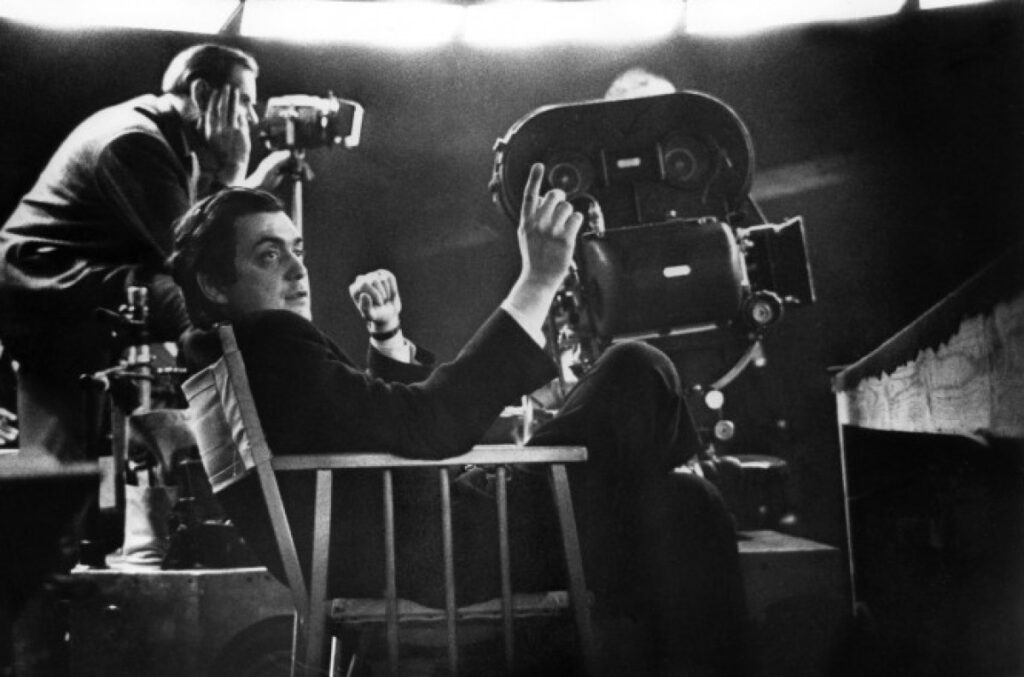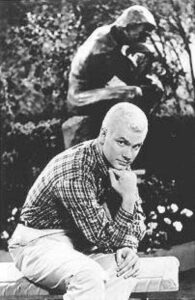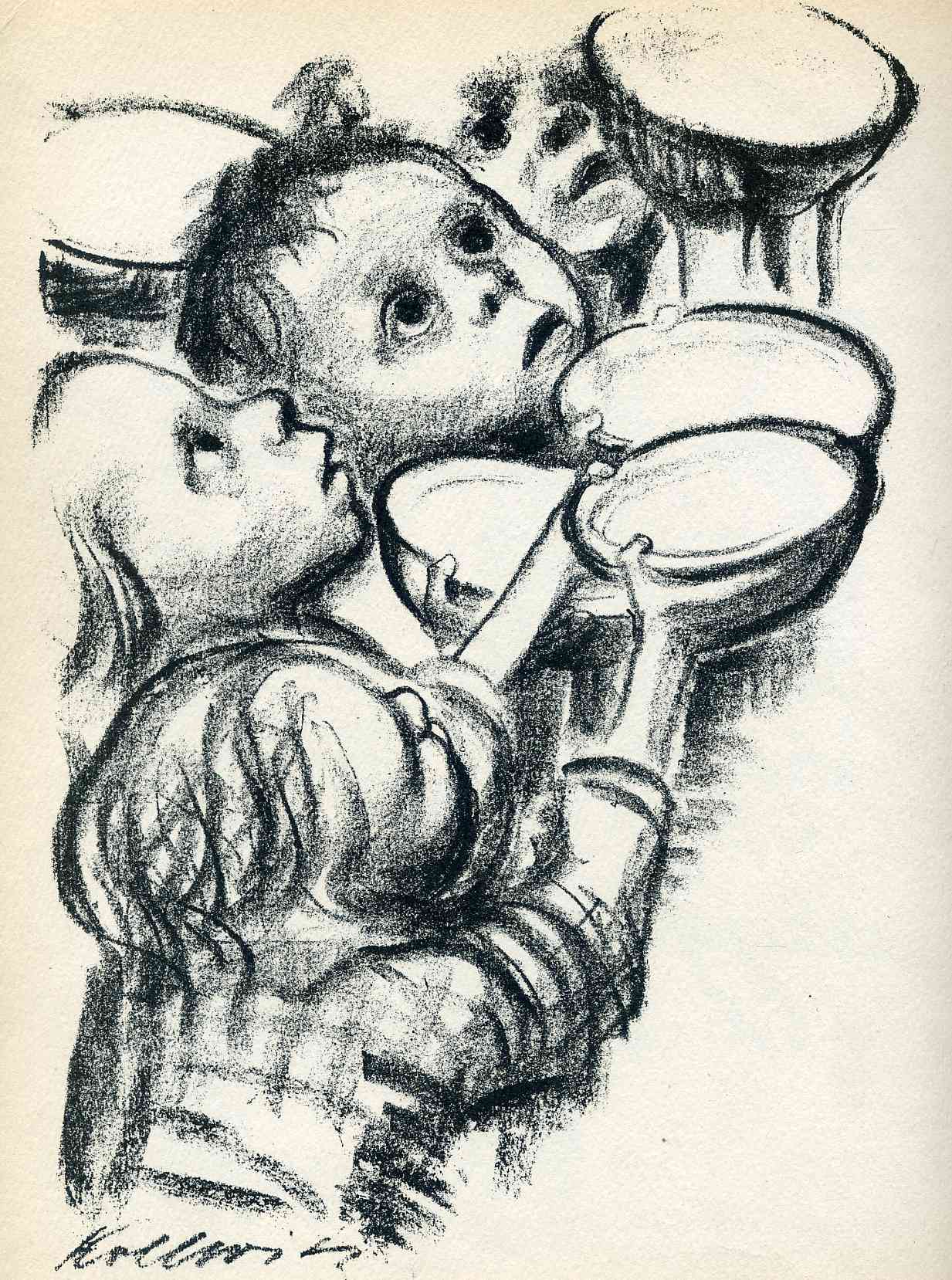Every few years, there seems to be a new outrage involving American Girl, the doll-and-book franchise. Having begun in 1986 with three marvelously designed storybooks and matching 18″ dolls (I was an early fan), the Wisconsin-based company was acquired in 1998 by Mattel, Inc. And after that the trouble began.
In 2005 American Girl was threatened with a boycott for contributing to a pro-abortion, pro-lesbian nonprofit organization. In 2016 American Girl introduced an African-American doll with Caucasian features, and was criticized for “not accurately representing the African American culture and true African American experiences.” And all along the company has been attacked for adding random black, Mexican, Chinese and Red Indian dolls for the sake of “diversity,” thereby straying from American Girl’s original mission.
Initially American Girls represented an approximate cross-section of Heritage Americans. We had Molly McIntire who wears plaid and lives in Illinois in 1944; Samantha Parkington, in the Hudson Valley, 1904; and Kirsten Larson, representing our immigrant Nordic community in 1850s Minnesota. Later a 1770s girl in Williamsburg, Virginia was added, Felicity Merriman. These dolls and books were eventually retired, five to ten years ago, sometimes replaced by 6-1/2″ mini-dolls and ugly new editions of the original books. (Some people made a fuss over Felicity, because her family owned slaves. And they all seemed much too privileged.)
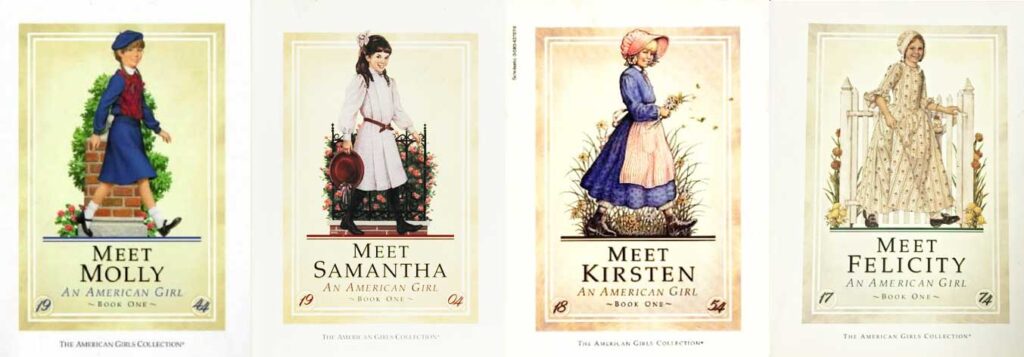
All the diversity you need!
As I said in 2017, American Girl is used to protests and boycott threats. It usually responds by backpedaling, getting back to its roots—sort of. That year, as though to make up for all the new black and mestizo cast members, they added a wholesome-looking Country & Western doll vaguely based on the young Taylor Swift. As Taylor was noted for her ever-changing boyfriends, her avatar, “Tenney Grant,” got a boyfriend too, American Girl’s first-ever boy doll. (There are several now.)
But now we come to the biggest, latest, weirdest controversy. It’s all about a strange little 96-page cartoon book called A Smart Girl’s Guide: Body Image. It sells for $12.99 online. I gather it’s now thought too incendiary to be displayed in the American Girl stores.
The Body Image book features drawings of grotesque and blue-haired youngsters with body-image problems. We get obese Girls of Color, wheelchair-bound Disabled Girls of Color, people of uncertain race and sex…and finally, what really triggered the tabloid press and “conservative” media…young People of Color who want a sex change.
“If you haven’t gone through puberty yet, the doctor might offer medicine to delay your body’s changes, giving you more time to think about your gender identity,” a page of the text explains alongside an illustration of a Pre-teen of Color consulting with a Bengali physician. The reader is then advised that he/she can start on puberty blockers without her/his parents finding out.

It appears the American Girl people have their books packaged by a third party, and don’t actually read them. Because when the outrage started, the AG front office acted completely bewildered:
From Yahoo News, December 9, 2022:
Julie Parks, a spokesperson for the company, told USA Today that no other American Girl book has ever received similar criticism. She said “Body Image” is the first American Girl book to address gender identity and expression.

I should expect it is! And of course it drew a lot of flak. “Gender identity and expression” is a safe & permissible target in normie-conservative media these days. It’s bizarre and lurid and most people never meet up with it—but it’s a great attention-grabber. Tucker Carlson does about two segments a week on it. Meantime, substantive matters of “Race, Diversity and Inclusion,” which affect society at large, are verboten, almost entirely off the table.
The outrage over the Body Image book is mainly a distraction, a proxy for the bigger things that can’t be said. But Newsmax host Rob Finnerty gave the game away on December 12 when he said he went into the flagship American Girl store in Rockefeller Center and couldn’t find a cute little white doll that looked like his 6-year-old daughter. Predictably the whole Leftist borg on Twitter, led by Media Matters for America, came down on him, called him a liar:
 Not only a liar, but a racist as well, since he was bothered by the presence (the predominance?) of nonwhite dolls when he visited the American Girl store. The rebuttals, on MSNBC and elsewhere, all had the same talking points. First they’d show a unrepresentative page of the American Girl online catalogue, where most of the dolls were lily-white.
Not only a liar, but a racist as well, since he was bothered by the presence (the predominance?) of nonwhite dolls when he visited the American Girl store. The rebuttals, on MSNBC and elsewhere, all had the same talking points. First they’d show a unrepresentative page of the American Girl online catalogue, where most of the dolls were lily-white.
Then they’d display a promotional photograph from the company, indicating the wide diversity of the American Girl range. Which sort of contradicts their first point:

There appears to be even a Karine Jean-Pierre doll in there. Anyway, our tweeter or media-host-of-color—Mehdi Hasan in this instance—will often tell us, over and over, that when she was growing up, there were no dolls that looked like her; no Dolls of Color whatsoever! Demonstrably untrue, but let it go.
Newsmax’s Rob Finnerty may be guilty of slight hyperbole, suggesting there were no cute little white dolls in the shop when he strolled in there last month or last summer. But it’s an understandable impression, one I’ve often had when going into the American Girl store. (I live nearby and have to walk past it all the time.) Brown dolls, oriental dolls, black dolls with prosthetic limbs, chemo-bald dolls, East Indian diabetes-kit dolls…they do seem to crowd out the normal, American ones.

However I’m happy to say that after all this recent media ruckus, the American Girl store in Rockefeller Center has cleaned up its act. I spent some time there yesterday, and couldn’t find a single Body Image or Race & Inclusion book. In fact there are almost no books at all. They used to have a book section, but now it’s gone. Too many complaints, too many protests?
And all-American girl dolls predominate once again at the American Girl store. Though maybe that’s just for the Christmas season, and they’ll soon be back to their old tricks.
(Below: SFGIRL, from the days when when the phrase “California Girl” actually meant something. Don’t know if the VW is for sale.)
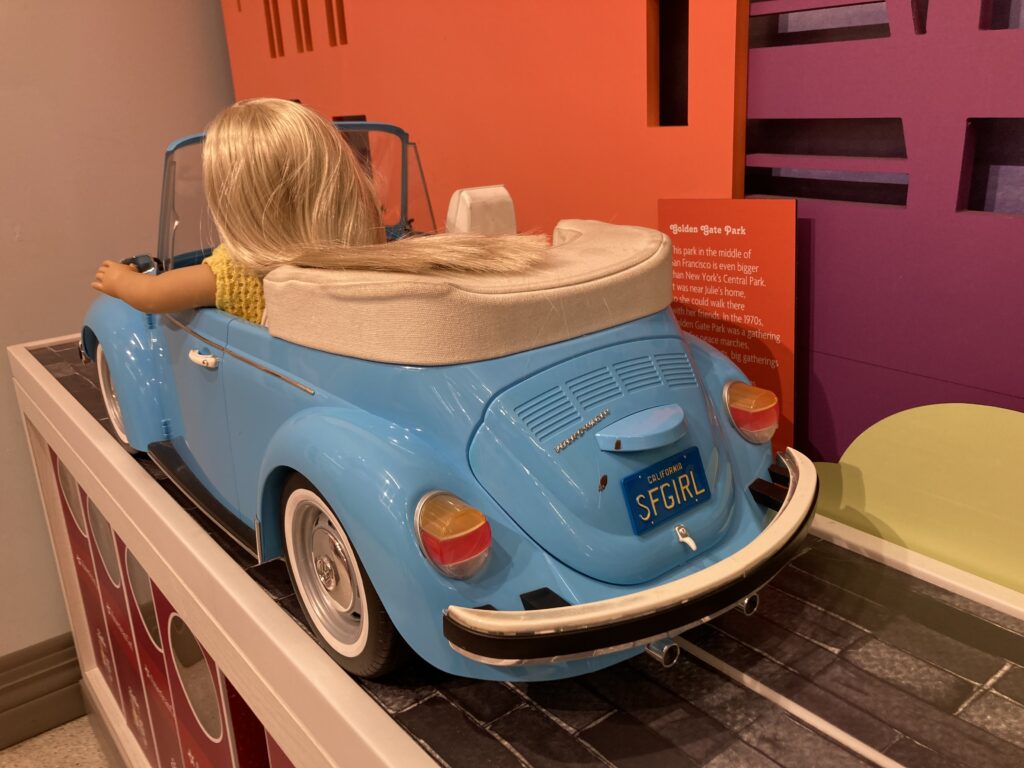
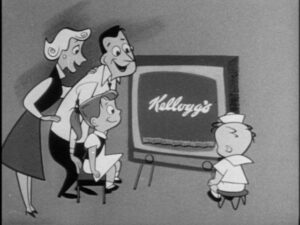 Q. I have a big apartment with a living room and a separate office, with a fold-out sofa and cable tv in each. Often, when we’re up late partying or just talking, friends will ask if they can sleep over, you know, on the sofas. Lately I’m beginning to think they’re taking advantage of me, so I suggest they make a little contribution to household expenses. I proposed $100 a night as a modest enough fee, but when someone balked at that I pointed out that the people upstairs rent their bedroom through AirBnB (illegally) for $150 a night, and anyway I’d throw in a “continental breakfast” in the morning, from 9 a.m. to 10 a.m. I’m not usually up and around before 9, myself.
Q. I have a big apartment with a living room and a separate office, with a fold-out sofa and cable tv in each. Often, when we’re up late partying or just talking, friends will ask if they can sleep over, you know, on the sofas. Lately I’m beginning to think they’re taking advantage of me, so I suggest they make a little contribution to household expenses. I proposed $100 a night as a modest enough fee, but when someone balked at that I pointed out that the people upstairs rent their bedroom through AirBnB (illegally) for $150 a night, and anyway I’d throw in a “continental breakfast” in the morning, from 9 a.m. to 10 a.m. I’m not usually up and around before 9, myself.







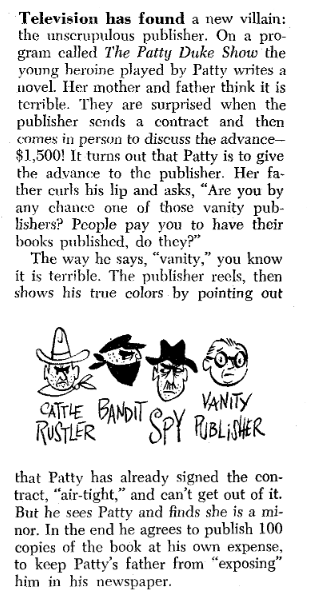
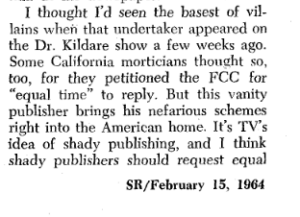


 Q. My 15-year-old has suddenly become very excited about running away from home. I discovered this when I went into the youngster’s bedroom and found a large polka-dot kerchief, all knotted up with underwear inside, and tied to the business end of my Cleveland Niblick.
Q. My 15-year-old has suddenly become very excited about running away from home. I discovered this when I went into the youngster’s bedroom and found a large polka-dot kerchief, all knotted up with underwear inside, and tied to the business end of my Cleveland Niblick. 


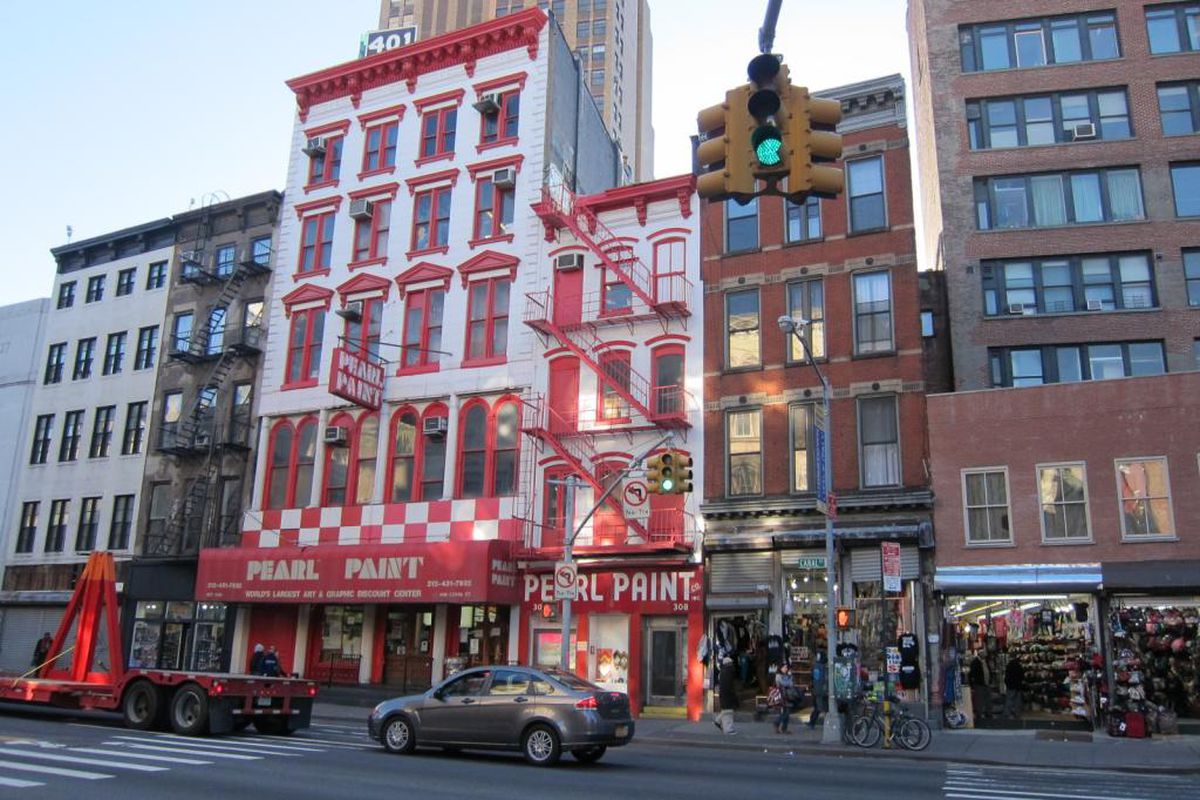


 I’d go visit Hector in the back, and he was curt and glum, implying I was trying to butter him up to get some freebies. I think the word had just come down that Lee’s was going to close.
I’d go visit Hector in the back, and he was curt and glum, implying I was trying to butter him up to get some freebies. I think the word had just come down that Lee’s was going to close.
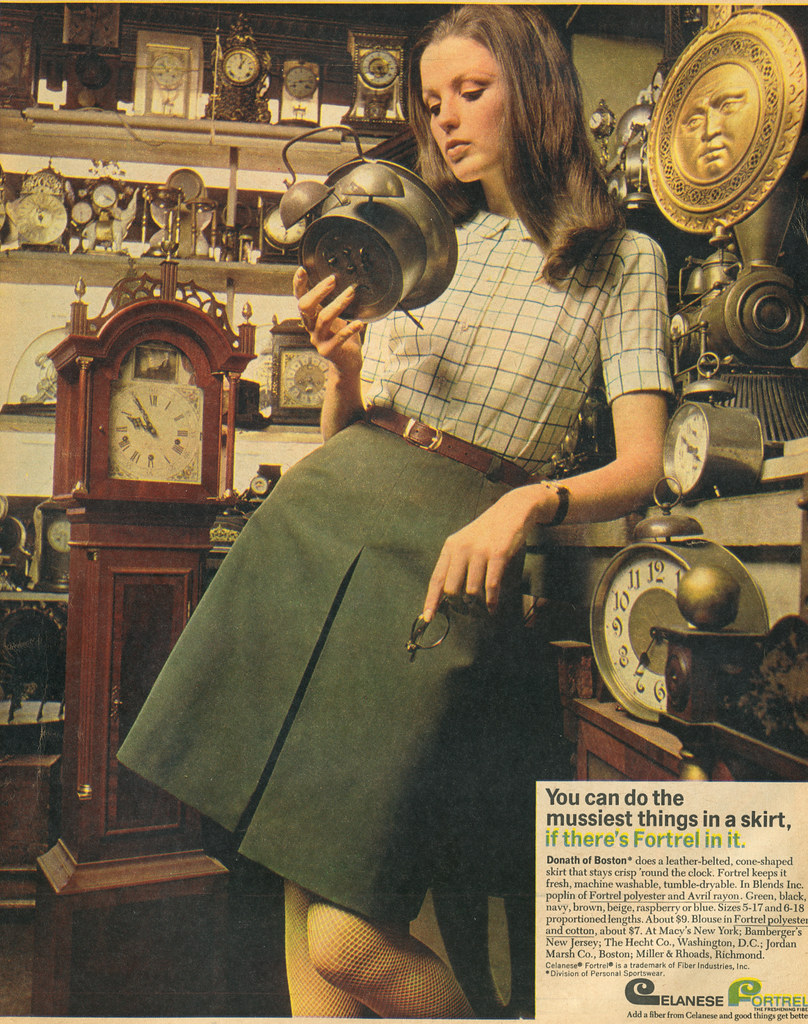
 But back to the synthetic fabrics. The two brands I remember best were Celanese Fortrel, a kind of non-wrinking, drip-dry polyester used for dresses and men’s trousers and everything else; and Klopman, another no-iron brand that you were urged to “lean on.” You’d see a picture of a businessman in his casual golf-day duds, or a young girl . . . or maybe an old girl . . . and they would be pictured standing straight and tall, and then leaning against a nonexistent wall.
But back to the synthetic fabrics. The two brands I remember best were Celanese Fortrel, a kind of non-wrinking, drip-dry polyester used for dresses and men’s trousers and everything else; and Klopman, another no-iron brand that you were urged to “lean on.” You’d see a picture of a businessman in his casual golf-day duds, or a young girl . . . or maybe an old girl . . . and they would be pictured standing straight and tall, and then leaning against a nonexistent wall. Who Klopman was exactly, I was never curious enough to find out. Celanese however has been a brand name for unrelated companies in Great Britain, America, and Australia for the past century. The fabrics from these companies weren’t/aren’t the same, so far as I can tell. And none of those commercial concerns had anything to do with Ceylon (or Sri Lanka, as that tropical island presently styles itself).
Who Klopman was exactly, I was never curious enough to find out. Celanese however has been a brand name for unrelated companies in Great Britain, America, and Australia for the past century. The fabrics from these companies weren’t/aren’t the same, so far as I can tell. And none of those commercial concerns had anything to do with Ceylon (or Sri Lanka, as that tropical island presently styles itself). The synthetic industry was riding high in the 1960s, but it always faced a barrier of sales resistance in the form of snobbish preference for “natural fabrics.” A few years later, when the designer Halston was hawking his lines of apparel on TV, he’d proclaim that they were “made from trees,” which meant they were made of something like rayon, a synthetic made from wood-pulp cellulose.
The synthetic industry was riding high in the 1960s, but it always faced a barrier of sales resistance in the form of snobbish preference for “natural fabrics.” A few years later, when the designer Halston was hawking his lines of apparel on TV, he’d proclaim that they were “made from trees,” which meant they were made of something like rayon, a synthetic made from wood-pulp cellulose. Traditional, natural, fabrics seldom found their way to outdoor advertising. No, they took up big display ads in the New York Times, Vogue, Harper’s Bazaar, Town & Country, and Seventeen. Off-the-peg clothing lines for young women usually had stuffy names suggesting small towns in Lichfield County, Connecticut: John Meyer of Norwich, The Villager Collection. If they ever used anything like Celanese Fortrel polyester, they certainly didn’t mention it in their ad copy.
Traditional, natural, fabrics seldom found their way to outdoor advertising. No, they took up big display ads in the New York Times, Vogue, Harper’s Bazaar, Town & Country, and Seventeen. Off-the-peg clothing lines for young women usually had stuffy names suggesting small towns in Lichfield County, Connecticut: John Meyer of Norwich, The Villager Collection. If they ever used anything like Celanese Fortrel polyester, they certainly didn’t mention it in their ad copy.

 With the right programmes in place, museums and galleries can reach out to ensure community engagement, accessibility and appropriate support for people with dementia. Often this involves the provision of tools, techniques and therapy aids that can be utilised by families and carers.
With the right programmes in place, museums and galleries can reach out to ensure community engagement, accessibility and appropriate support for people with dementia. Often this involves the provision of tools, techniques and therapy aids that can be utilised by families and carers.
